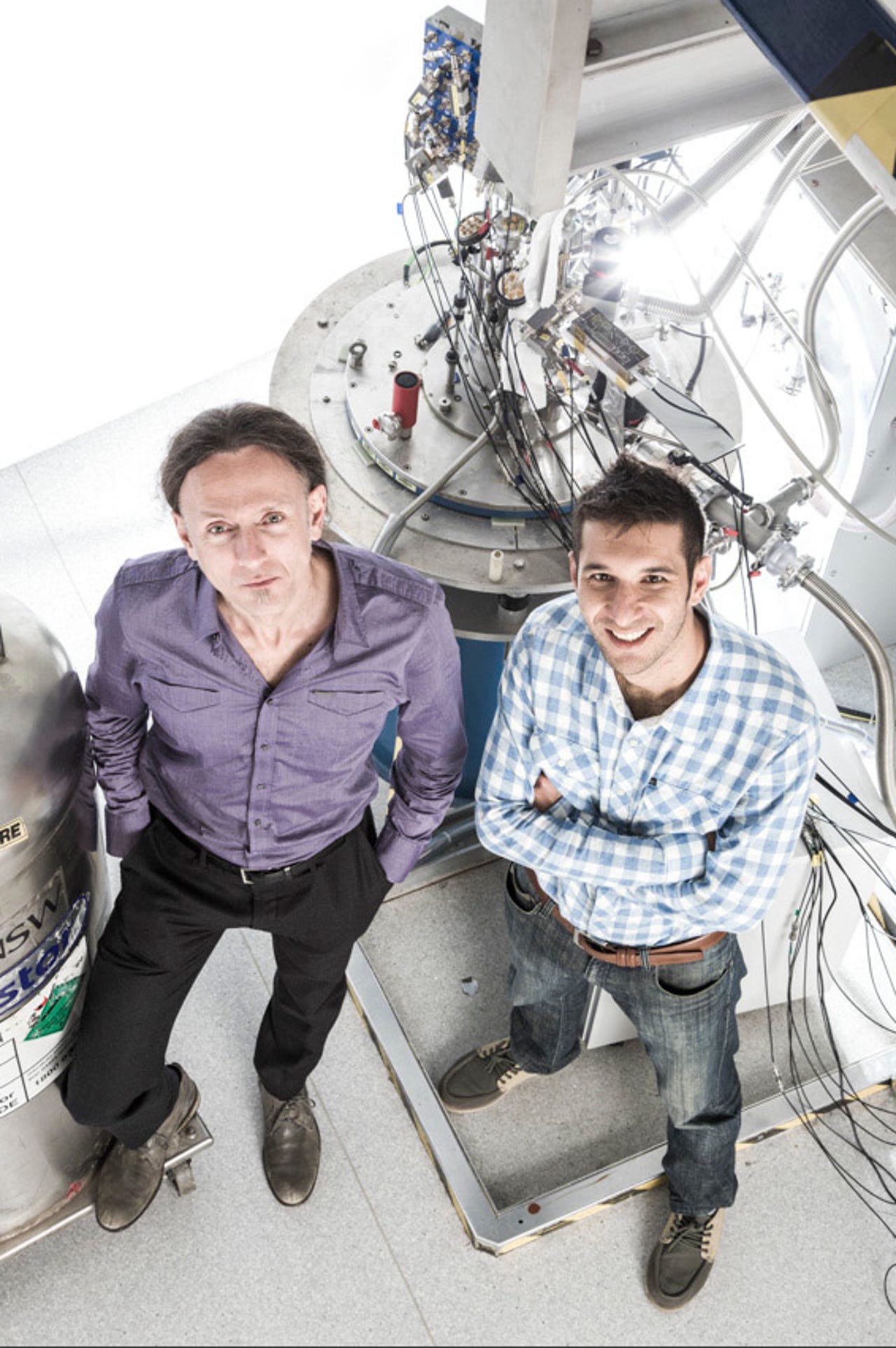UNSW unlocks key to quantum coding in silicon

A team of engineers from the University of New South Wales (UNSW) has unlocked the key to enabling quantum computer coding in silicon.
According to the university, a quantum version of computer code can be written and manipulated using two quantum bits in a silicon microchip. UNSW said that in achieving this breakthrough, the team has removed lingering doubts that such operations can be made reliably enough to allow powerful quantum computers to become a reality.

The quantum code uses quantum entanglement, which according to UNSW, allows for seemingly counterintuitive phenomena such as the measurement of one particle instantly affecting another, even if they are at opposite ends of the universe.
Latest Australian news
"This effect is famous for puzzling some of the deepest thinkers in the field, including Albert Einstein, who called it 'spooky action at a distance'," Professor Andrea Morello, School of Electrical Engineering and Telecommunications at UNSW said. "Einstein was sceptical about entanglement, because it appears to contradict the principles of 'locality', which means that objects cannot be instantly influenced from a distance."
The research was lead by Morello, who is also the program manager in the Centre for Quantum Computation and Communication Technology at UNSW.
In its experiment, UNSW said the two quantum particles involved are an electron and the nucleus of a single phosphorus atom, placed inside a silicon microchip.
"These particles are, literally, on top of each other; the electron orbits around the nucleus," the university said. "Therefore, there is no complication arising from the spookiness of action at a distance."
UNSW said that for decades the best guide to establishing a boundary between the everyday world and the quantum world was Northern Irish physicist, John Bell's inequality theorem, which states "no local description of the world can reproduce all of the predictions of quantum mechanics".
According to the university, despite the "Bell test" being extremely unforgiving in nature, with any imperfection along the way causing an immediate fail, the team of engineers gained the highest ever recorded Bell test score in its advancement.
"Passing the Bell test with such a high score is the strongest possible proof that we have the operation of a quantum computer entirely under control," Morello said. "In particular, we can access the purely quantum type of code that requires the use of the delicate quantum entanglement between two particles."
The university said that by using two bits in a normal computer, four possible code words 00, 01, 10, and 11 could be written; but in a quantum computer, "superpositions" of the classical code words, such as (01 + 10), or (00 + 11) can also be written and used.
This, according to UNSW, requires the creation of quantum entanglement between two particles.
"What I find mesmerising about this experiment is that this seemingly innocuous 'quantum computer code' has puzzled, confused, and infuriated generations of physicists over the past 80 years," Morello said.
"Now, we have shown beyond any doubt that we can write this code inside a device that resembles the silicon microchips you have on your laptop or your mobile phone. It's a real triumph of electrical engineering."
The university's latest breakthrough follows on from an announcement made last month, when a team of engineers lead by Scientia Professor Andrew Dzurak built a quantum logic gate in silicon, which made calculations between two quantum bits (qubits) of information possible.
Dzurak said the advancement was a landmark result not only for Australia, but for the world, as until now it had not been possible to make two quantum bits "talk" to each other and create a logic gate using silicon.
"If quantum computers are to become a reality, the ability to conduct one- and two-qubit calculations is essential. The prototype chip we want to make within five years is a pretty shrinkable manufacturing process and it will be able to perform a variety of calculations; we hope it will be able to potentially solve the problem that currently can't be solved on an existing computer," Dzurak said at the time.
"Once one can build a quantum computer that outperforms a supercomputer, then you're in that realm of being able to crack crypto code."